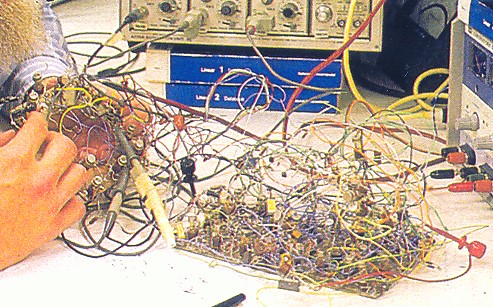Remember writing essays in school? Unless you are of a very different sort than I, this consisted of adding useless filler words, excessive punctuation, generous font sizes, and plenty of spacing and indentation – all in an effort to reach the required minimum length. The end result was judged by many parameters – including reaching the minimum length and conciseness. These two goals seem mutually exclusive to me. If the desired end result is a 1½ page essay, perhaps the english instructor could lead the class through this exercise that starts with a 3 page essay:
- Write a 3 page essay on high-end audio
- Round 1: eliminate 25% of word count and reread
- Round 2: eliminate 25% of new word count and reread
- Round 3: eliminate 25% of new word count and reread
- Submit essay with original word count reduced by 50%

Maybe some instructors do this and if so, congrats! These lucky students will go on to write emails, papers, blogs, maybe even books, that will require far less of the readers valuable time for the same quantity of information and entertainment. This is a great approach for writing, but why stop there? It can even be applied to electronics design! For example, the electronics instructor could lead the class through this exercise to reduce the number of components used in a design by 25%:
- Design a 100W switching audio amplifier
- Round 1: eliminate 10% of component count and retest
- Round 2: eliminate 10% of new component count and retest
- Round 3: eliminate 10% of new component count and retest
- Submit design with original component count reduced by 25%

Of course this technique should not be limited to a classroom setting. We can and should do this all the time. With the written language it leads to concise, informative and enjoyable documents. With audio electronics it leads to simple, elegant and enjoyable designs!